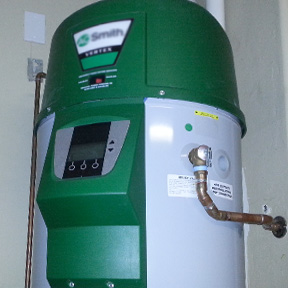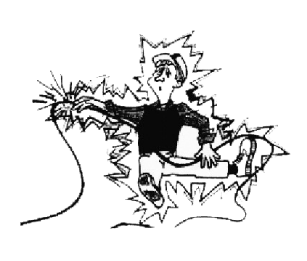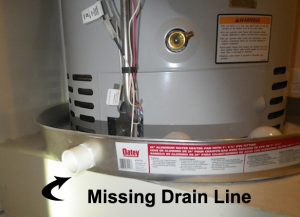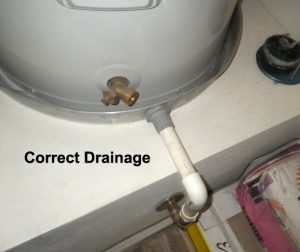
Did you know that you can call us to ask a home inspection related question EVEN if we are not the home inspector that inspected the home you are buying or selling? So feel free to reach out to Jerry to get his opinion on any home related question you may have. With over 35 years of home building and inspecting experience he really has the knowledge to help explain things, or direct you to the right person. We look forward to helping you!








 Frayed wires can cause fires. Replace all worn, old and damaged appliance cords immediately.
Frayed wires can cause fires. Replace all worn, old and damaged appliance cords immediately.



